Healthcare and Professional Services
Many companies in the Healthcare and Professional Services industries qualify for the R&D Tax Credit, but aren’t familiar enough with the particulars of the credit to take advantage of the tax savings. Below are some examples of activities that qualify for the credit, as well as how we analyze the activities of companies in the Healthcare and Professional Services industry to help steer our calculations.
Four-part Test
In determining whether an activity qualifies as Research and Development for tax credit purposes, the IRS has put together a list of criteria that must be met, which is commonly referred to as the “four-part test.” The four-part test is as follows:
Permitted Purpose – the activity is intended to result in a new or improved product or process (must be improving the functionality, performance, reliability, or quality)
Technological in Nature – the activity must rely on the principles of physical or biological science, engineering, or computer science
Technical Uncertainty – at the beginning of the activity, the taxpayer must be uncertain as to capability, method, or design
Process of Experimentation – the taxpayer must evaluate one or more alternatives to eliminate technical uncertainty (e.g., modeling, simulation, or systematic trial and error)
Anyone who is actively performing, supervising, or supporting an activity that meets all four parts will have qualifying R&D time that factors into calculating the R&D tax credit.
Qualifying Activities
Many different activities qualify as Research and Development for tax credit purposes in Healthcare and Professional Services. Anytime your company experiments with or tests new “Internet of Medical Things” tools as they relate to healthcare data or patient-engagement tools and systems, R&D is occurring. Developing software to improve healthcare management delivery services or to evolve and comply with HIPPAA regulations also supports the R&D process. Even companies that design, develop, and test blockchain for applications or software dedicated to medical records qualify for the R&D Tax Credit. There are many other qualifying activities, including (but not limited to):
Developing and implementing AI for nursing and administrative tasks
Creating payer and provider analytics and data tools
Developing and testing algorithms to enhance core computer processes, including sorting, searching, or compressing data
Developing applications for telemedicine and virtual healthcare provisions
Time spent directly performing, supporting, or supervising these activities would qualify as an R&D activity for the purpose of the tax credit. Adams Consulting works with your company to identify the qualifying activities of your business and document those efforts through an R&D Tax Credit Study.
Qualifying Titles
While job titles are not a guarantee of an employee’s job duties, the IRS does apply weight to certain job titles in relation to qualifying activities in the Healthcare and Professional Services industry. Some examples of titles associated with R&D activities include:
Analytics Engineer
Clinical Support Specialist
Database Architect
Discovery Biology Specialist
Drug Safety Specialist
Engineering Technician
Hardware Engineer
Laboratory Manager or Technician
Maintenance Technician
Network Engineer
Pharmacological Associate
Product Engineer
Regulatory Operations Associate
Research Associate or Information Specialist
Software Engineer, Developer, or Programmer
System Analyst
Non-qualifying Activities and Titles
Some activities and titles do not typically qualify for the R&D tax credit. Examples of non-qualifying activities are:
Research related to style, taste, cosmetic, or seasonal design factors
Research in the social sciences, art, or humanities
Research conducted outside the United States
Research that is wholly funded by grant or contract
Adaptation or duplication of existing business components to meet a particular customer’s requirements
Surveys (e.g., efficiency surveys, management surveys, market research, routine data collection, and routine quality control)
Examples of titles not usually associated with R&D qualifying activities would be:
HR
Purchasing
Marketing
Other soft-science related areas
Adams Consulting works with your company to identify which employees and activities qualify for the R&D Credit. We then thoroughly document those activities and the functions of those individuals involved as part of the R&D study.
To learn more, reach out to us today. We’re happy to help.

